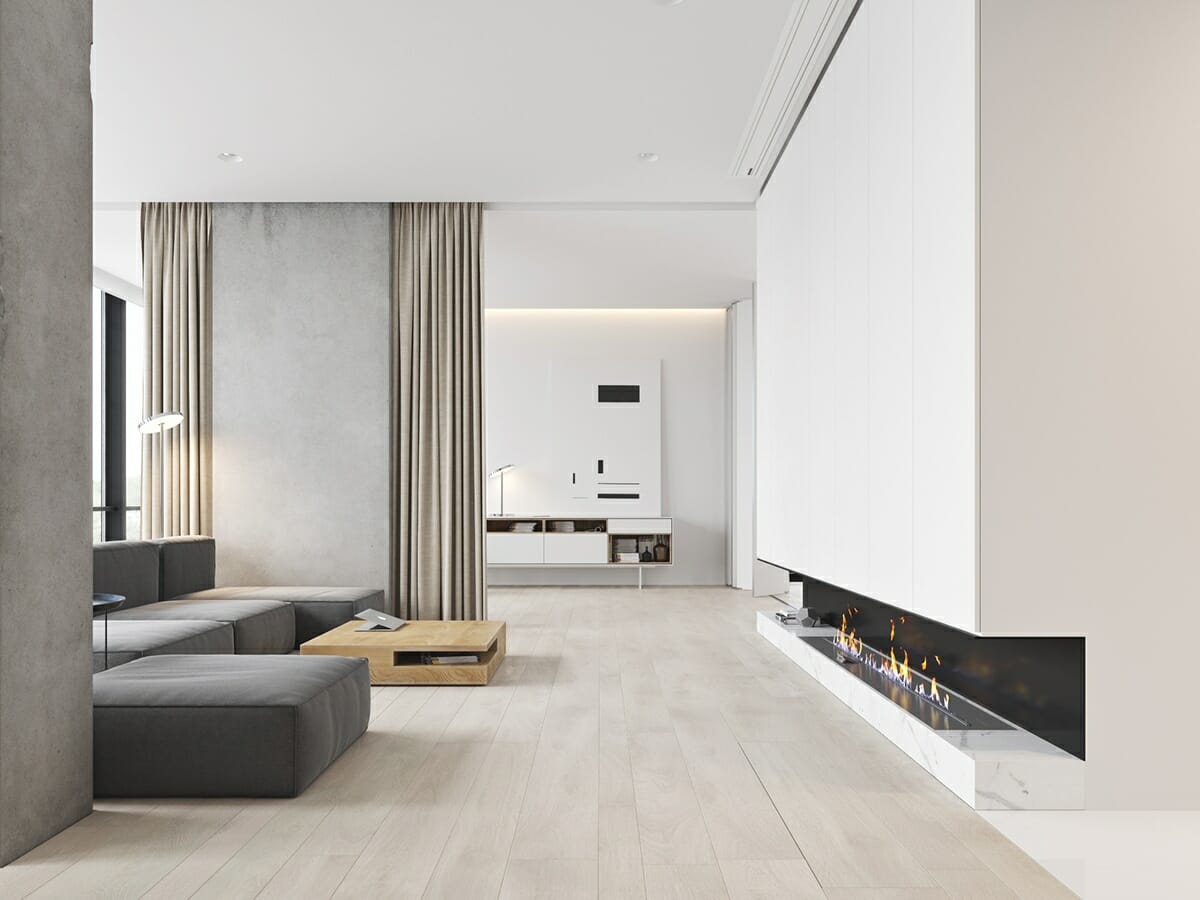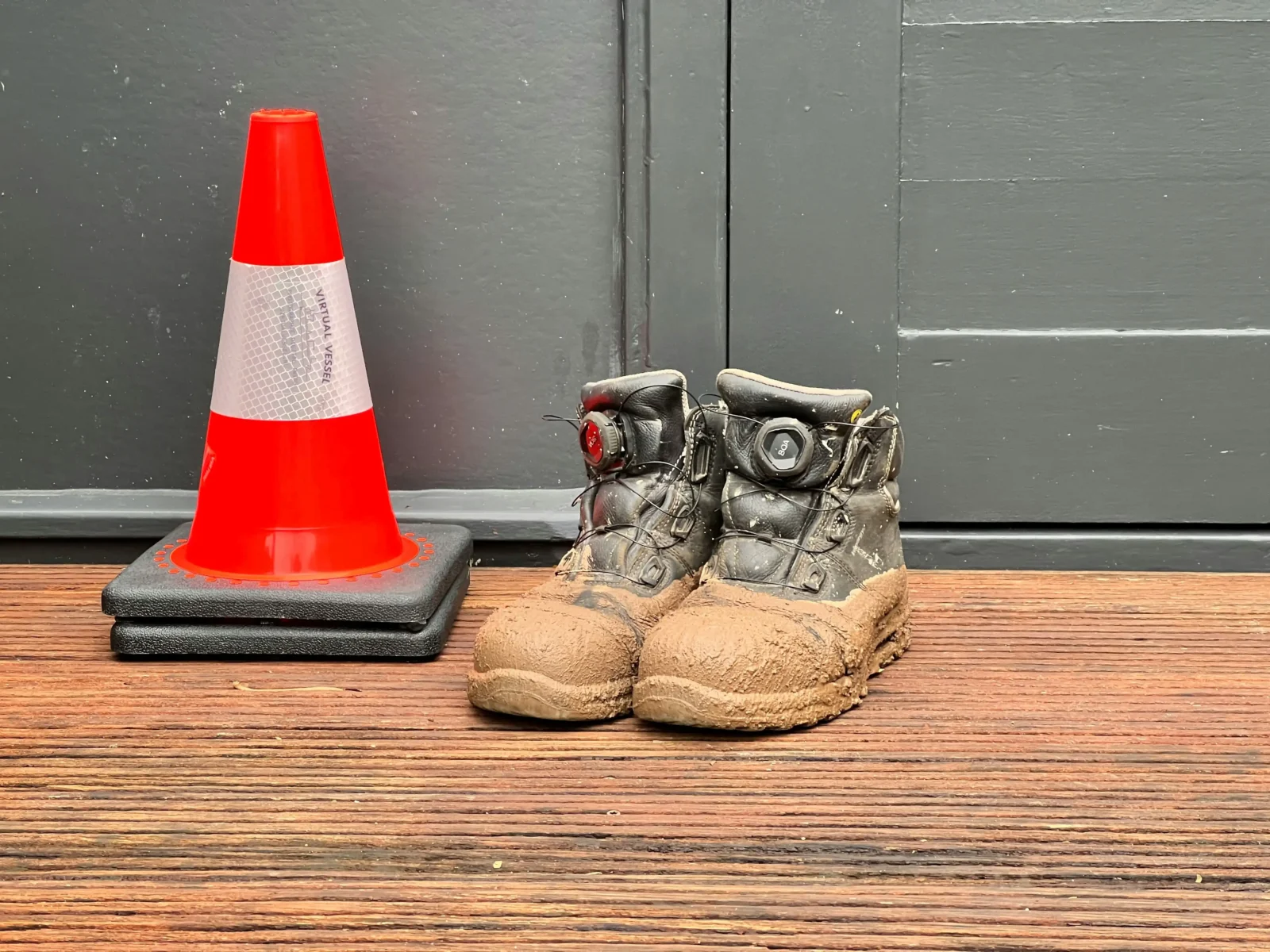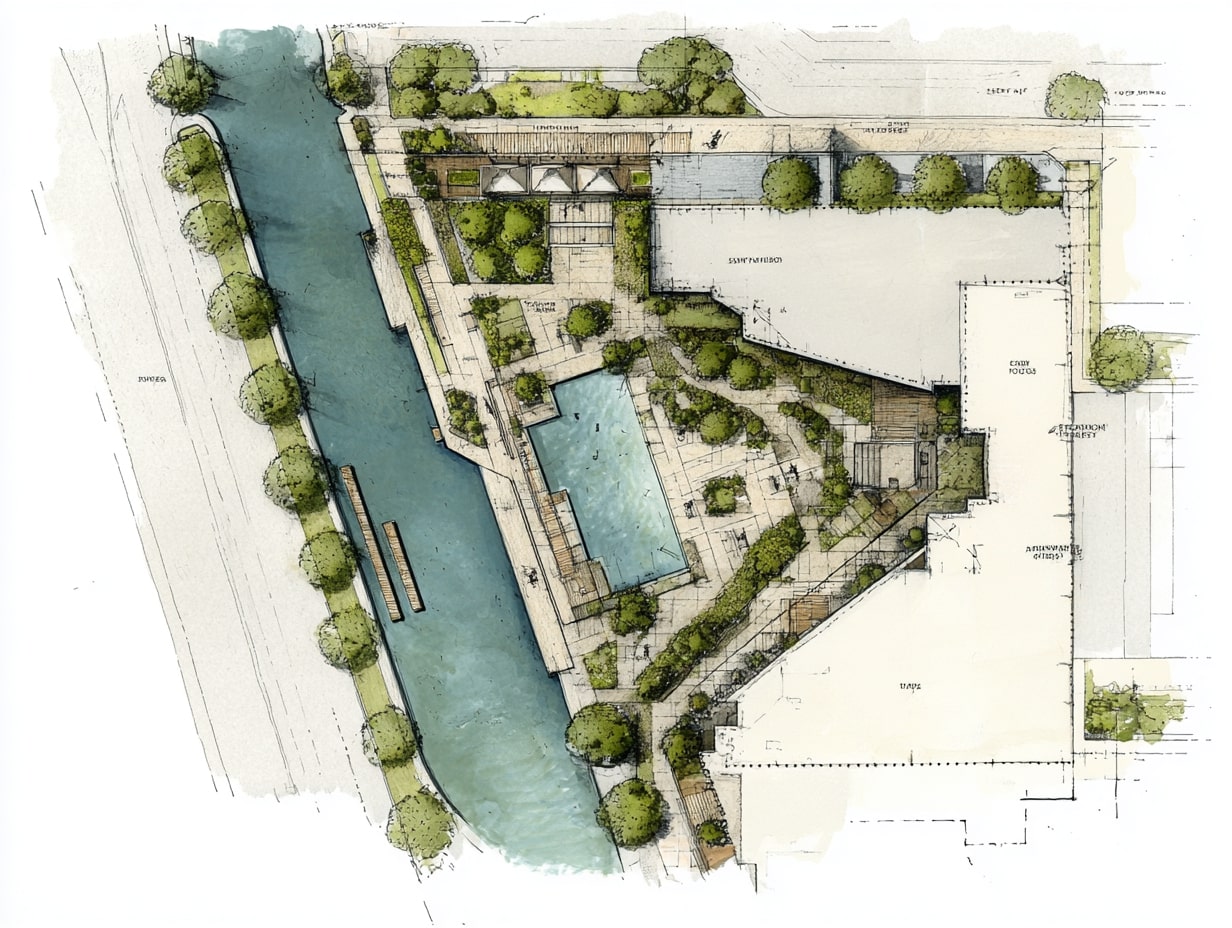- Home
- Articles
- Architectural Portfolio
- Architectral Presentation
- Inspirational Stories
- Architecture News
- Visualization
- BIM Industry
- Facade Design
- Parametric Design
- Career
- Landscape Architecture
- Construction
- Artificial Intelligence
- Sketching
- Design Softwares
- Diagrams
- Writing
- Architectural Tips
- Sustainability
- Courses
- Concept
- Technology
- History & Heritage
- Future of Architecture
- Guides & How-To
- Art & Culture
- Projects
- Interior Design
- Competitions
- Jobs
- Store
- Tools
- More
- Home
- Articles
- Architectural Portfolio
- Architectral Presentation
- Inspirational Stories
- Architecture News
- Visualization
- BIM Industry
- Facade Design
- Parametric Design
- Career
- Landscape Architecture
- Construction
- Artificial Intelligence
- Sketching
- Design Softwares
- Diagrams
- Writing
- Architectural Tips
- Sustainability
- Courses
- Concept
- Technology
- History & Heritage
- Future of Architecture
- Guides & How-To
- Art & Culture
- Projects
- Interior Design
- Competitions
- Jobs
- Store
- Tools
- More

Interior design is a journey—a voyage through aesthetics, function, and emotion. This journey is not only for the designer but also for the clients and spaces that are being transformed. So, what exactly does this voyage look like? Let’s delve into the intricate and multifaceted process of an interior design project.
Table of Contents
Toggle1. Understanding the Client’s Vision
Before any sketches or mood boards, the first step is communication. The designer sits down with the client to understand their vision, needs, lifestyle, and preferences. This preliminary meeting sets the foundation for the entire project. Whether the client desires a modern minimalist living room or a vintage-inspired bedroom, getting clear on their vision is paramount.
2. Site Evaluation and Analysis
Once the initial concepts are discussed, the designer will evaluate the actual space. This involves measuring dimensions, analyzing architectural details, understanding the room’s lighting (both natural and artificial), and even assessing how the inhabitants move through the space.

3. Mood Boards and Conceptualization
After gathering all the essential details, the designer starts the creative process. They develop mood boards—a collection of images, materials, colors, and furniture that represent the desired outcome. This visual tool helps clients and designers stay on the same page and serves as a roadmap for the project.
4. Design Development
Now, the more detailed work begins. This involves finalizing color schemes, selecting materials and finishes, deciding on furniture layouts, and developing lighting plans. Designers may also draft detailed drawings or use software like CAD to visualize the space in three dimensions.

5. Budgeting and Procurement
With a clear design in place, it’s time to break down the costs. The designer prepares a budget, taking into consideration the client’s financial constraints. Once approved, they proceed with the procurement—ordering furniture, fixtures, and materials needed for the project.
6. Implementation and Execution
The tangible transformation begins at this stage. Painting, construction, furniture placement, lighting installations, and other on-site modifications take place. During this phase, a designer often collaborates closely with contractors, artisans, and other professionals to bring the vision to life.
7. Styling and Finishing Touches
No interior design project is complete without those finishing touches. This includes placing artwork, adding soft furnishings like cushions and throws, setting up decorative items, and ensuring that every element cohesively blends together to create a harmonious space.
8. Final Review and Handover
Once everything is in place, the designer walks through the space with the client. They discuss every element, ensure that the client is satisfied, and make any final tweaks if necessary. The space is then handed over, ready for the inhabitants to enjoy and make memories in.
The journey of an interior design project is a blend of artistry, practicality, and collaboration. It is about understanding a vision and translating it into a tangible reality. The journey might be fraught with challenges, from logistical issues to changing client preferences, but with clear communication, creativity, and a shared passion for the end goal, the resulting space is always worth the voyage.

The world of interior design is vast and ever-evolving. For young interior designers just stepping into the industry or looking to refine their skills, here are some suggestions to consider:
-
- While innate talent is valuable, formal education can provide a structured foundation. Consider enrolling in an accredited interior design program or taking specialized courses to enhance your knowledge.
- Start documenting your work, even if they are just class projects or personal endeavors. A strong portfolio showcases your style, versatility, and capability to potential clients and employers.
- Interior design trends change frequently. Subscribe to design magazines, follow industry influencers on social media, and attend design fairs or exhibitions to stay updated.
- Engage with the design community. Joining professional organizations like the American Society of Interior Designers (ASID) or the International Interior Design Association (IIDA) can provide networking opportunities and industry insights.
- Consider internships or apprenticeships with established designers or firms. Real-world experience helps you understand client relationships, project management, and the nuances of design implementation.

Submit your architectural projects
Follow these steps for submission your project. Submission FormLatest Posts
Shipping Containers as Functional Infrastructure on Construction Sites
Construction sites are temporary by definition, yet the systems that support them...
Understanding Site Safety Footwear in Architectural Practice
Architecture is often discussed through drawings, models, and finished buildings, yet a...
General Arrangement Drawings in Architecture: The Backbone of Clear Design Communication
General Arrangement Drawings explained: what they are, when to use them, how...
The Ultimate Guide to Fencing in North Dakota: Choosing the Best Fence for Your Property
Watching a chain link fence twist in 70 mph winds near Minot...












Leave a comment